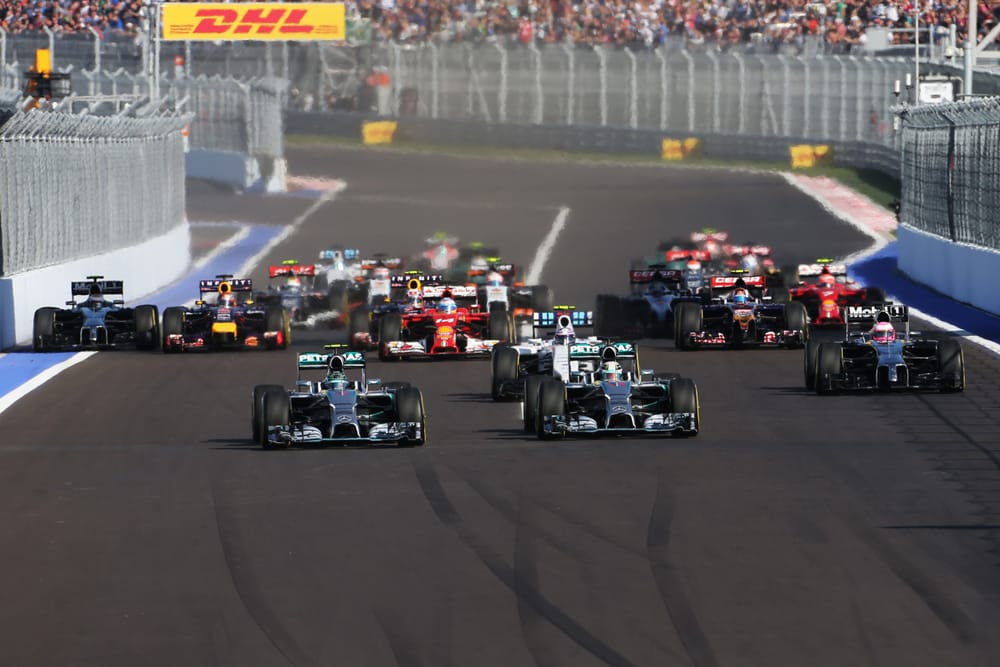There's currently divided opinion on whether Formula 1's new 2026 regulations will repeat one of the biggest downsides of the last time F1 changed its car and engine rules at the same time.
The move from V8s to V6 hybrid turbos, alongside a raft of aerodynamic changes, for 2014 led to one team (Mercedes) dominating the first three years of the rules cycle, winning 51 of the 59 races.
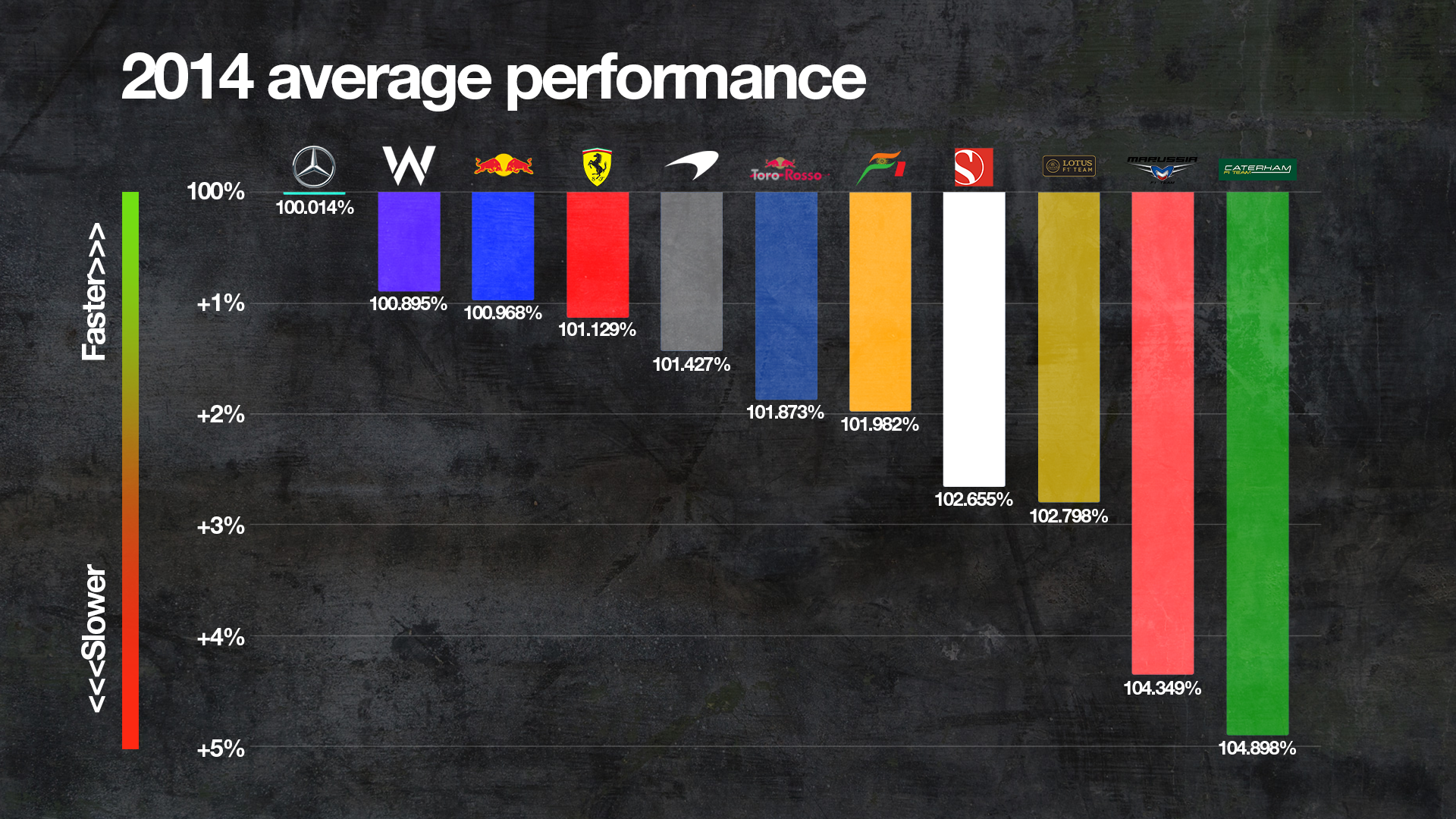
Mercedes had a 0.895% pace advantage over its nearest competitor, Williams, in 2014, compared to 2013's class of the field Red Bull's average pace advantage of 0.105% over Mercedes in the previous year.
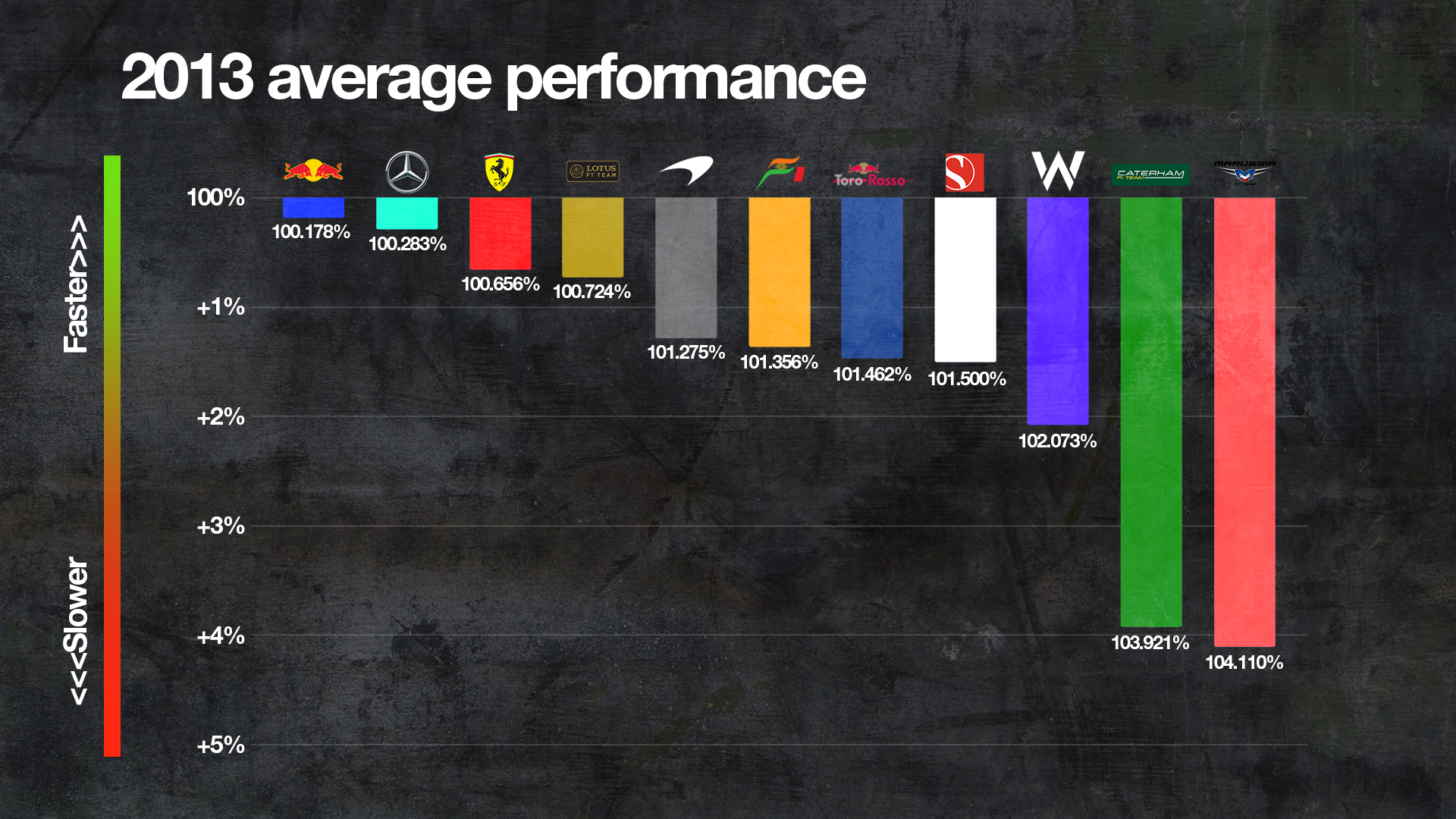
The front-to-back field spread also increased from 4.110% in 2013 to 4.898% in 2014, and even discounting the cast adrift Caterham/Marussia outfits, there was an increase in the spread between first and ninth of 0.705%.
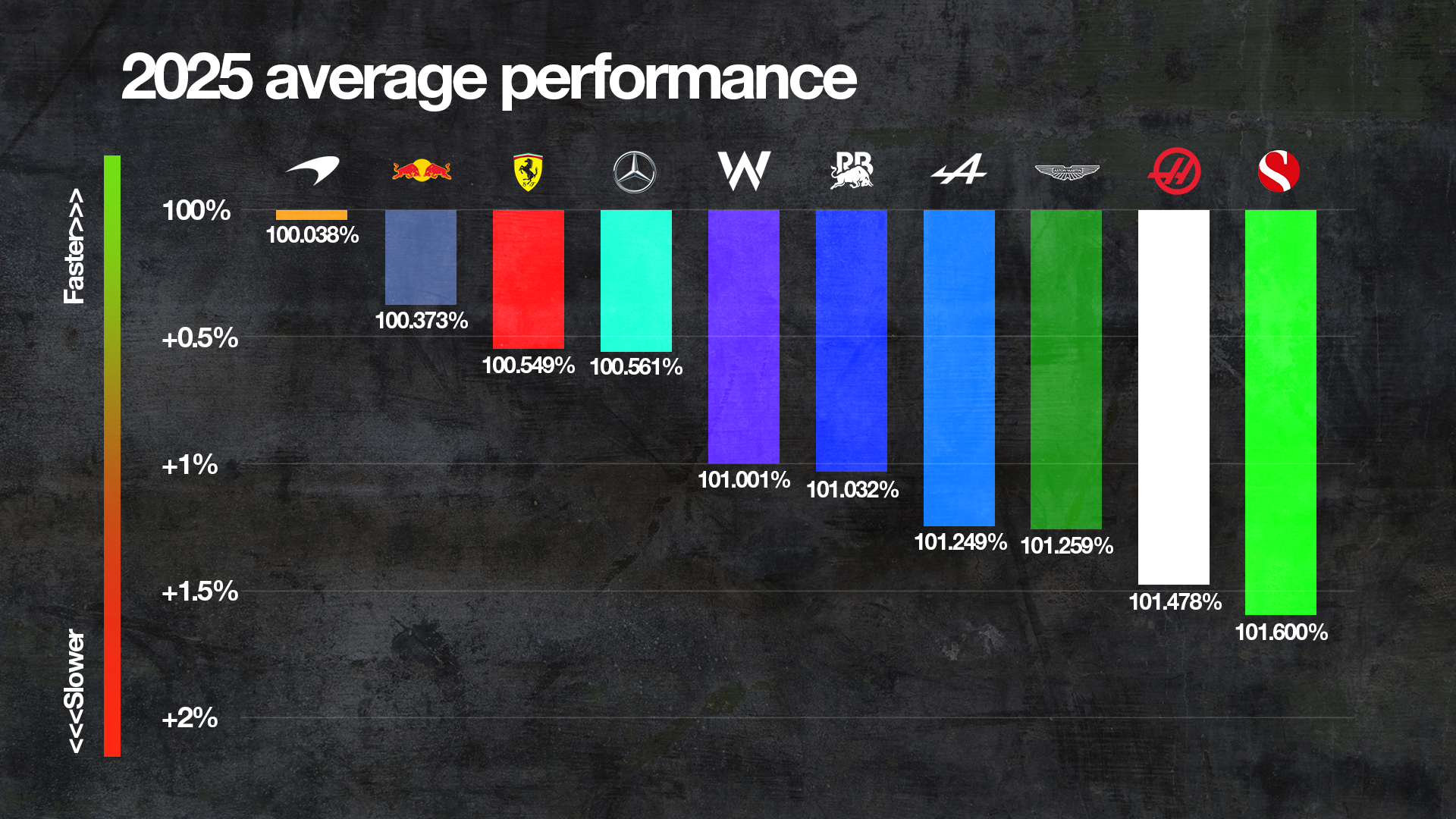
The current worry comes at a time when F1's field spread is almost as small as ever, with a 1.600% stat for 2025 so far - only trumped by a fairly unique set of circumstances in 2009 that meant a tiny 1.405% covered the 10 teams.
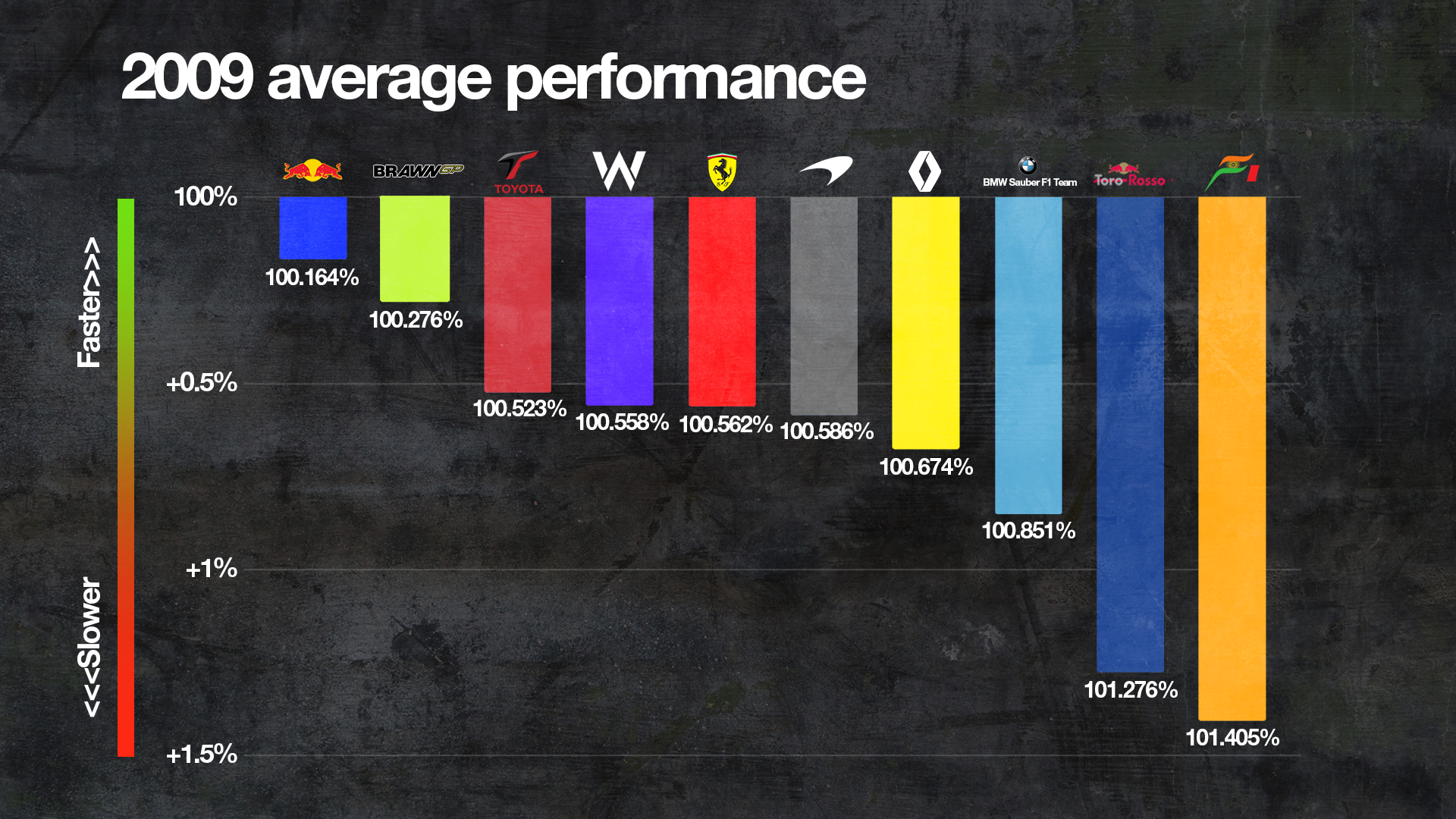
So are the 2026 regulations going to follow the 2013-14 trend of spreading out the field and inviting single-team dominance?
'A lottery'
Deputy chief engineer and head of structures at Haas Jonathan Heal believes 2026 will be something of a "lottery" with so many variables at play.
"There's a lot of unknowns on the engine side, [there's] probably a little bit of fear of what happened in 2014 [when] the regulations changed completely." Heal explained.
"So, not sure where each of the power units will be and whether it is a big dominance on that.
"If Mercedes manages to do, or someone manages to do, similar to what Mercedes did in 2014, the time difference that you can gain from power unit is bigger than what you can gain from aerodynamic development. Then it could become that or tyres or so.
"At the moment, it's not clear because we don't know exactly the pecking order of the power unit."
While he concluded "once that's clearer, then it'll be a little bit easier to say", Heal also warily added that "hopefully" power unit performance will not decide everything.
Mercedes was able to steal a march on its power unit rivals (Ferrari and Renault) for 2014 with its innovative split turbocharger design and mastery of the MGU-H element that has been removed for 2026.
The 2026 prospects of customer teams will partly be at the mercy of the job their suppliers do with the engines. Much was the same in 2014 when Red Bull believed it had built a chassis to match the Mercedes but didn't have the engine from Renault to do so, only winning three races that season to Mercedes' 16 - though Mercedes has since argued its chassis was an underrated part of that domination that people missed amid the focus on its engine advantage.
Haas will be somewhat beholden to the job Ferrari does with its 2026 power unit, and it will also have to package its car around the engine provided rather than have the freedom that Ferrari (and Mercedes, Red Bull, Audi and Aston Martin through Honda) will have to design the two in unison.
"There are certain things we rely on [Ferrari] to define and to be ready with their definitions," Heal said.
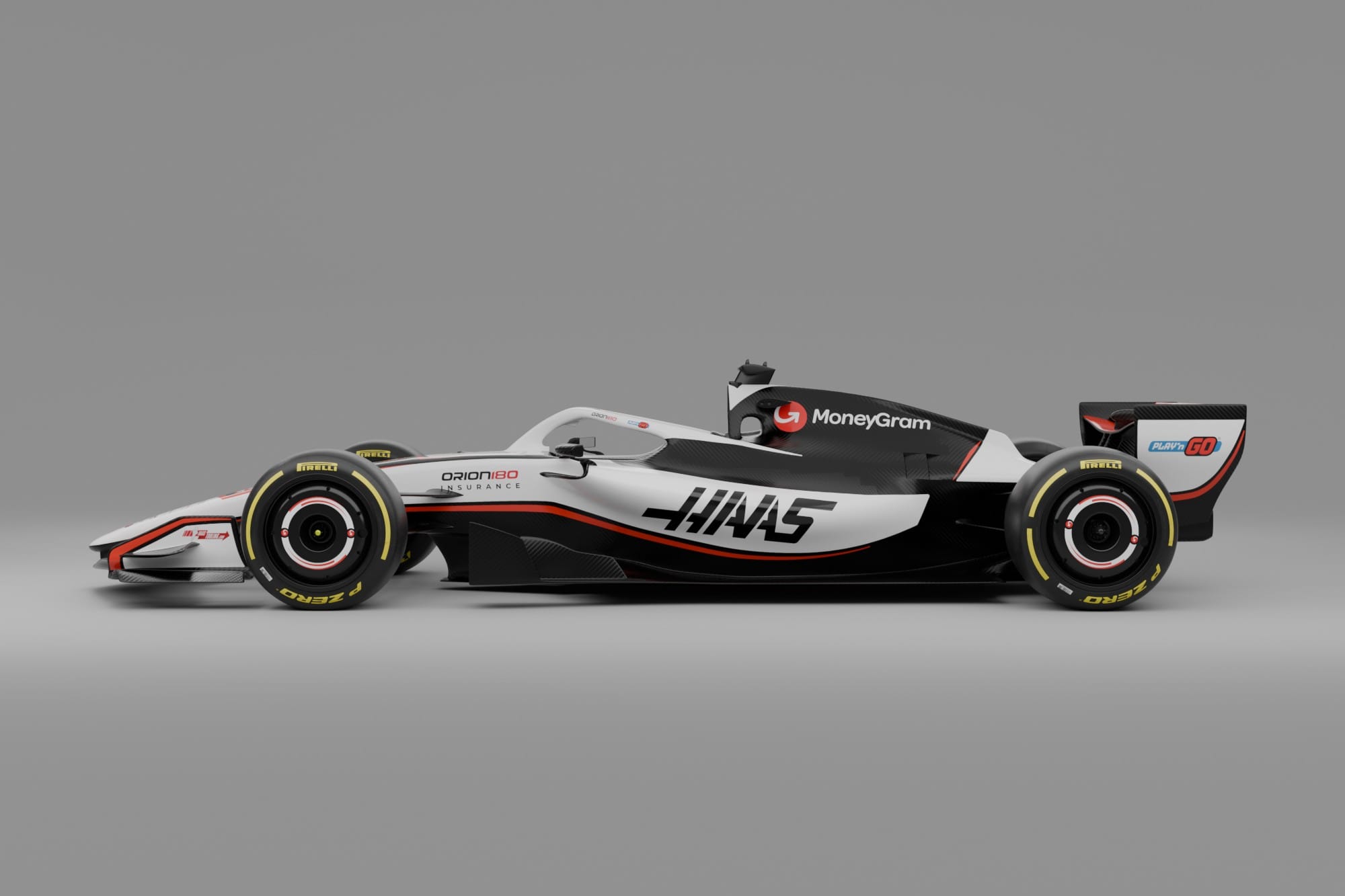
"We're all engineers, we like to push to the last moment to be able to deliver that. Hopefully we can get all the information in time to be able to design our car properly.
"There are certain parts that we rely on them to meet the delivery schedules for us to be able to design our parts."
There's also zero carryover from 2025 to 2026 in terms of chassis with much stricter safety requirements for next year, meaning carried over 2025 components likely wouldn't pass the new-for-2026 chassis safety tests.
'Won't be anywhere near that amount'
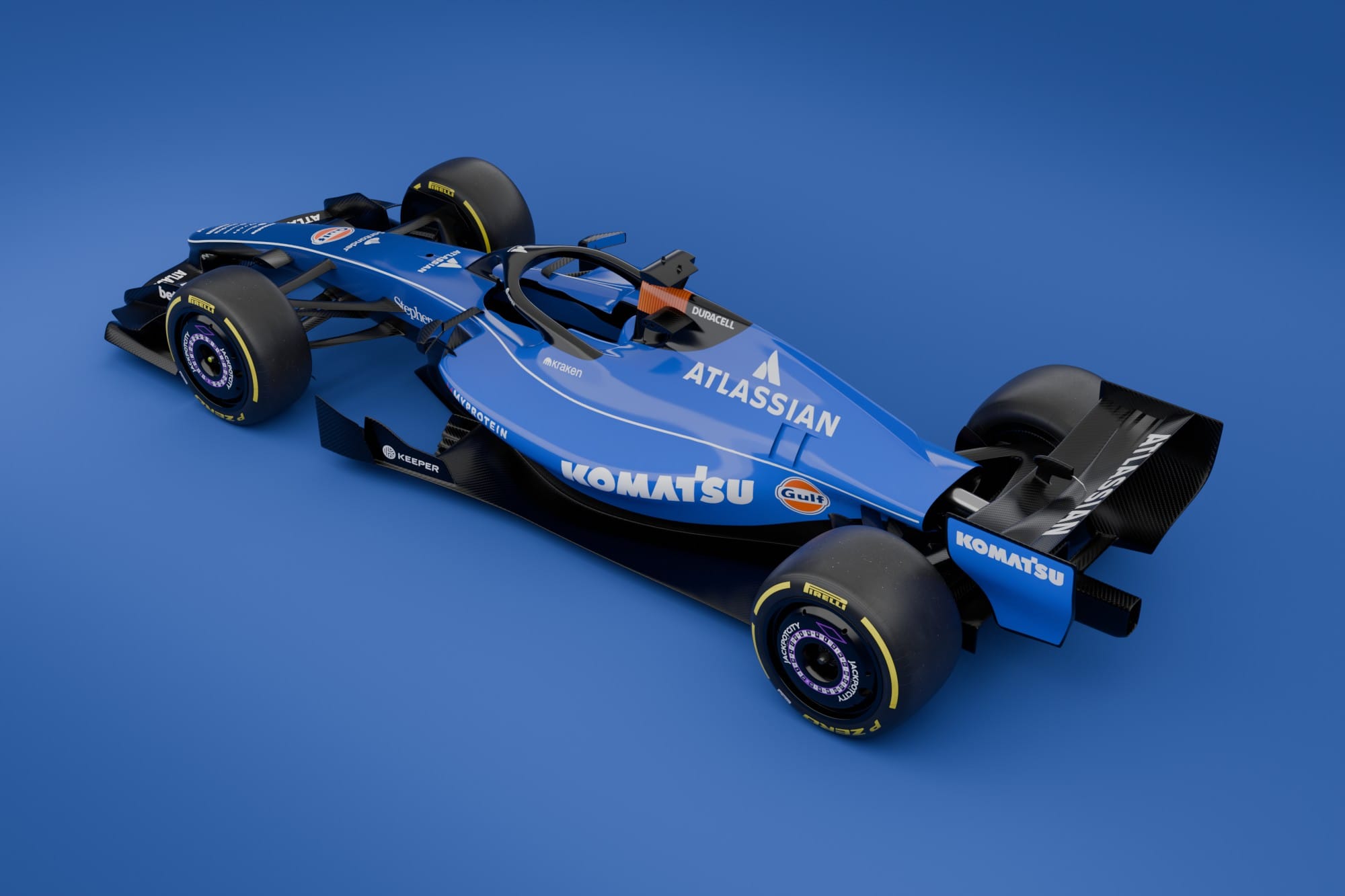
Not every customer team is so worried 2026 will be an engine formula like 2014 was.
Williams team boss James Vowles, who was serving as Mercedes' chief strategist in 2014, doesn't believe there will be the same discrepancies between power units next year.
"I don't think we're going to have the gaps we have in 2014 on power units to be completely clear," Vowles said.
"I don't think it's going to be anywhere near that amount.
"I think power units, up until probably the last three years, have probably dominated most championships, would be a second argument I bring to your attention.
"Could the chassis be up to half a second different? Yes, is the answer. That's what we're seeing at the moment.
"There's still lots of goodness that you can consume in that area. Where it falls out, I don't know yet. We're just trying to do our best to get up there."


